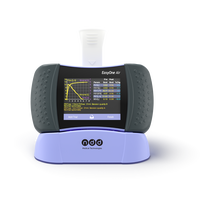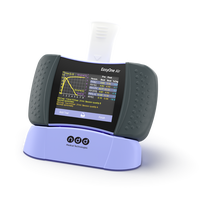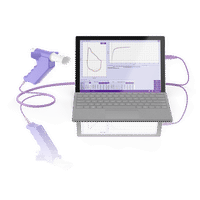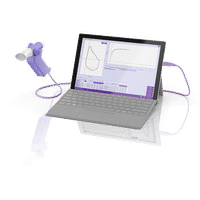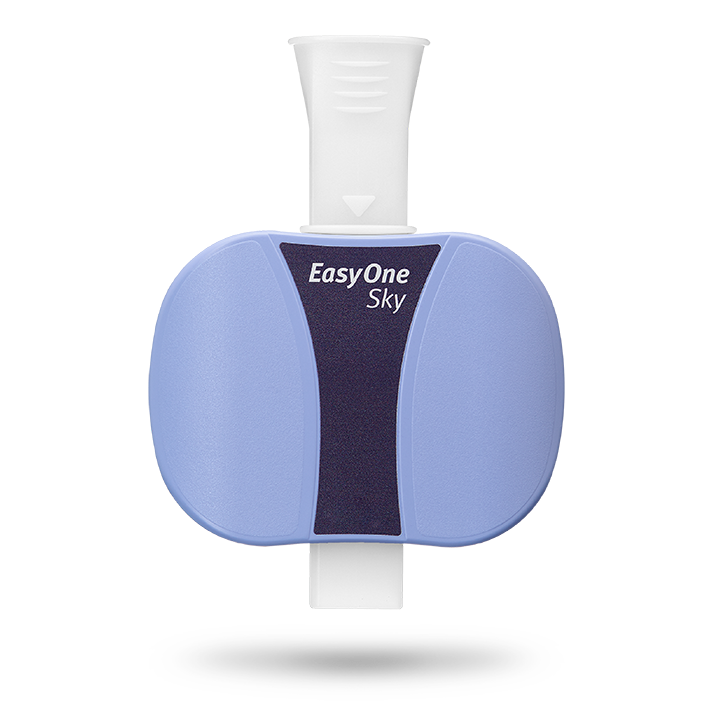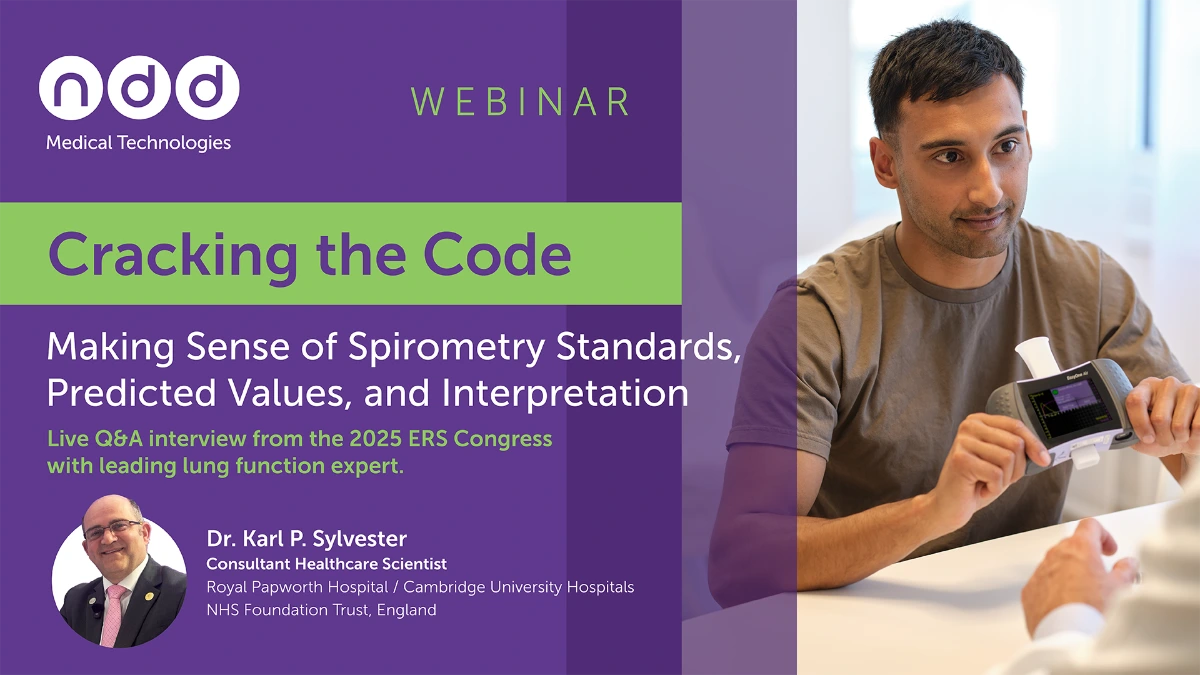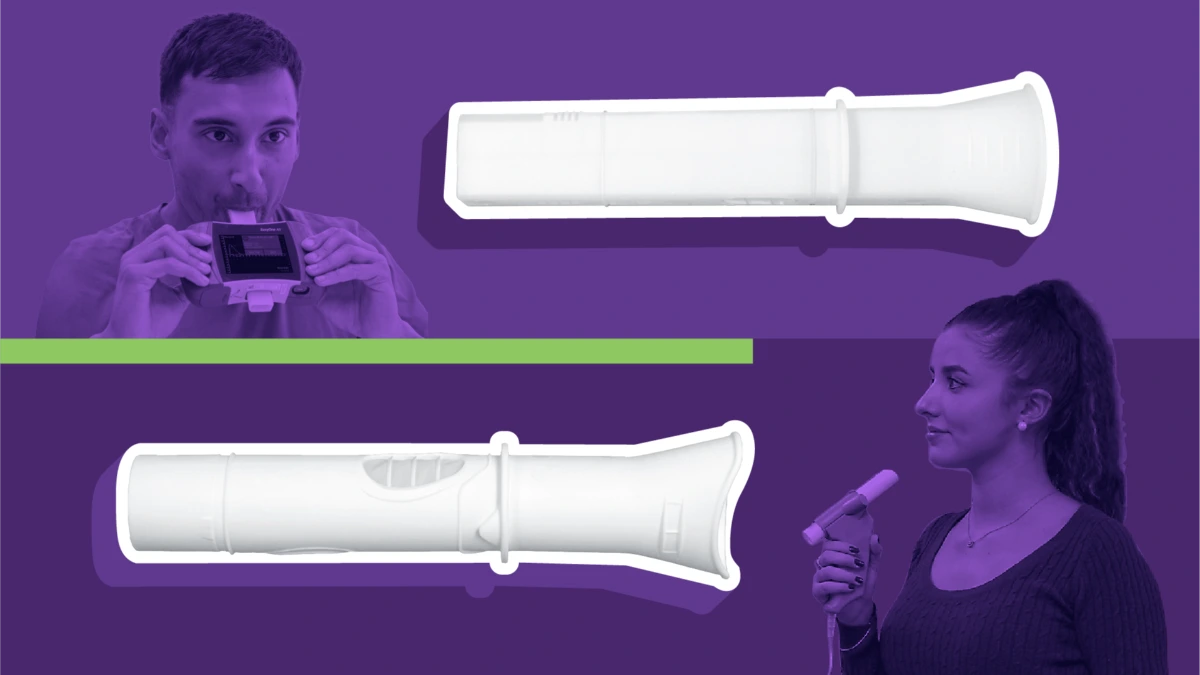5 tips for buying a spirometer
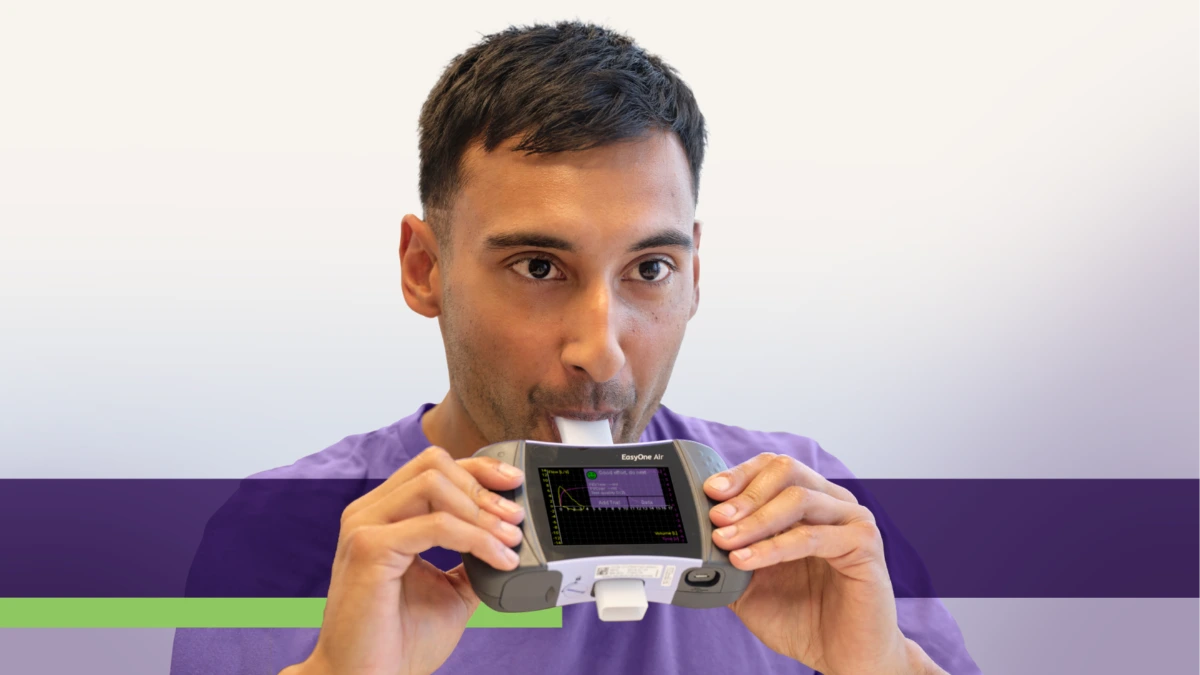
Purchasing a spirometer #
As a primary care provider, you play a crucial role in the early detection of lung diseases, often being the first to encounter patients with respiratory symptoms. Utilizing spirometry, a key diagnostic tool, allows you to accurately assess lung function, enabling timely diagnosis, effective treatment planning, and better outcomes for patients. Having access to reliable and portable spirometry devices, can help these patients receive the earliest diagnosis as possible.
Whether you are in the market now, or soon to be buying a spirometer, you’re in the right place! This blog covers five tips that you should consider when you’re looking to purchase a spirometer.
Tip # 1: Price: How much does a spirometer cost? #
There is a lot to consider when you’re deciding what spirometer to purchase. Probably at the top of the list of considerations is price. For a premium, high-quality spirometer, prices start at just under $2,000 and can go up to $3,000. A higher-priced diagnostic spirometer typically means a more premium, reliable, long-term solution. You want to make sure you’re getting the best possible results for your patients and of course you also want it to be as easy to use and intuitive as possible for your clinic staff. You want it to last.
The good news is that you may be able to recoup your investment through reimbursement within a couple of months depending on volume. Explore our PFT reimbursement calculator to assess your possible ROI.*
Tip # 2: Prioritize investing in a spirometer that’s easy to use #
When you’re looking to buy a spirometer for your clinic, you’re not just making a purchase but an investment. You’re investing in a medical device that very well may enable your clinic to diagnose patients earlier. This means you want a device that’s intuitive for your patients performing the test, that integrates well into your clinic’s workflow, and is easy for your clinic staff to set up and conduct the tests. A user-friendly device will make sense for your staff, it will be simple to set up, and it will be easy to navigate.
EasyOne spirometry machines - tailored solutions for every practice.
Explore our spirometry machines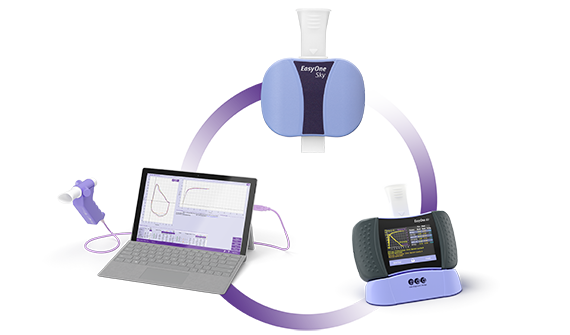
Tip # 3: High-quality spirometers are reliable & stable #
Clinic spirometers must be reliable and stable. These devices play a crucial role in assessing and monitoring pulmonary conditions. As you compare different models of spirometers, ask the following questions to assess the quality of the spirometer:
- Will this device work for the long-term?
- Does the spirometer require daily/frequent calibration?
- Is this device stable?
- Does this device produce reliable, consistent results? Ask for proof!
- And if it’s relevant to your clinic: Is this spirometer portable? Contemporary spirometers have become more portable than ever, which can really improve a clinic or hospital’s ability to leverage spirometry, especially when patients are inpatient.
Device developers should have peer-reviewed studies that have tested the quality, stability, and reliability of their devices — and you should prioritize reviewing these studies to give you peace of mind that the device is going to fit your needs.
Tip # 4: A spirometer that connects to Electronic Medical Records (EMR) #
As you search for your clinic’s next spirometer, you may be interested in the ability to integrate into your clinic’s existing EMR system to ensure your workflow is streamlined and free from technical limitations. First, check what connectivity options are available to ensure the device you’re looking at can meet your needs.
Ideally the software for connecting the spirometer to the EMR system is free and at the very least should be easily available and easy to navigate. You will also want to confirm that the manufacturer of the device has a proven track record of successful EMR integrations and a dedicated EMR team to make the integration process seamless.
Tip # 5: Spirometry support & training are crucial. #
The last tip for the search of your next spirometer: Ensure you consider device support and training.
Availability of support
Make sure there are multiple ways to reach support if needed: Phone, email, chat, web, and even remote support. You’ll also want to ensure you can speak to live people to ensure quick support and resolution if you run into any challenges with your spirometry device.
Ongoing training
You’ll also want to confirm whether there is an opportunity for ongoing training — not just initial training upon device implementation. Many device manufacturers offer live training after device purchase to support new staff and provide refreshers for current users.
You can also see if there is virtual training for accessible and anytime training. Online live training in the form of webinars and YouTube videos also offer the opportunity for continuing education.
Conclusion #
When it comes to buying a spirometer, you’re making an investment — for your facility, for you, your staff, and for the patients you serve. It is important to understand your options and what it means for accuracy, reliability, and ease of use.
Explore the ndd EasyOne solutions for all your spirometry needs. Request a free demo today.
* Reimbursement rates vary by location. The ndd PFT calculator uses rates based on the United States Medicare average from January 2025.
Written by

Tré LaRosa
Tré LaRosa is a consultant, scientist, and writer in the Washington, DC area with extensive experience working in research (basic, translational, and clinical) and on patient-reported outcomes. He has also written extensively on neuroscience, pulmonology, and respiratory conditions, including from the patient perspective. He enjoys learning, reading, writing, spending time outdoors, and telling everybody about his mini golden retriever, Duncan.

